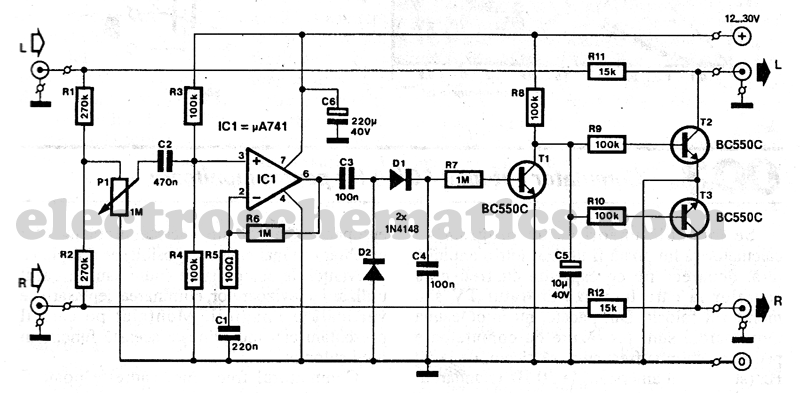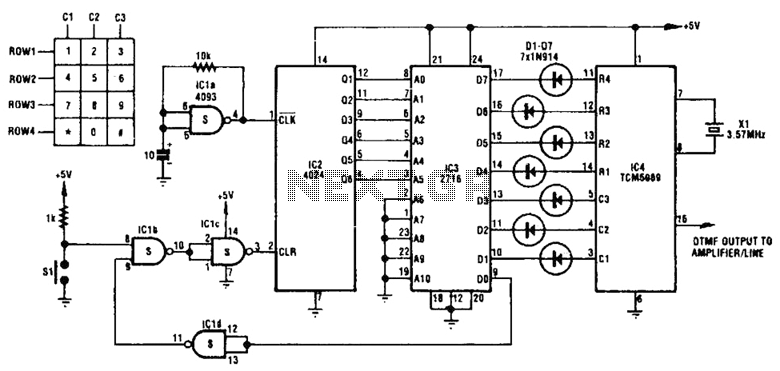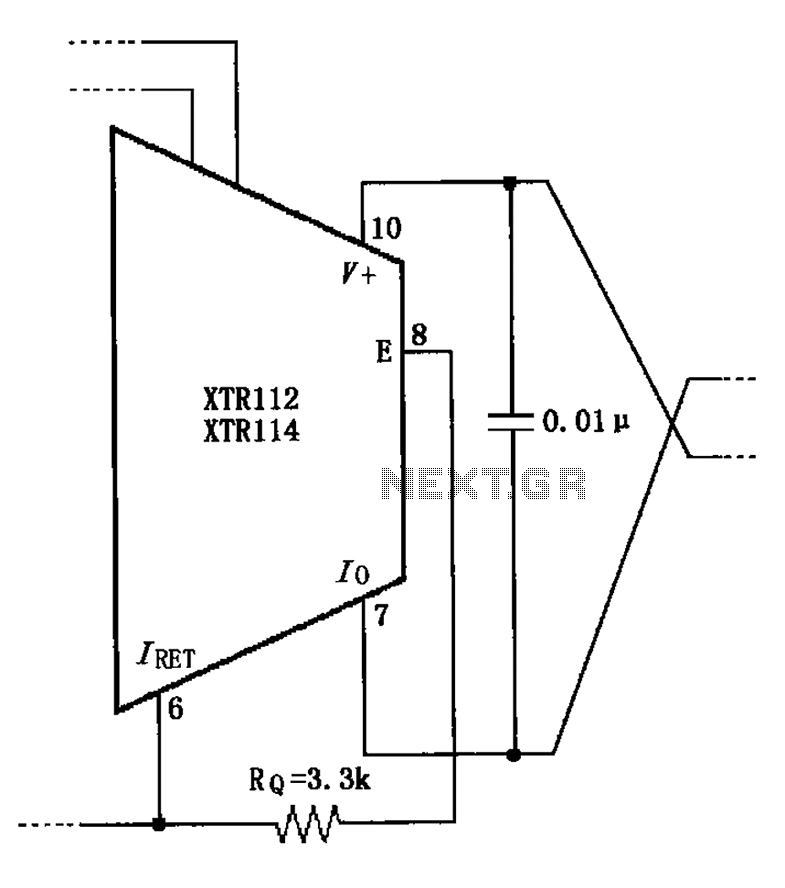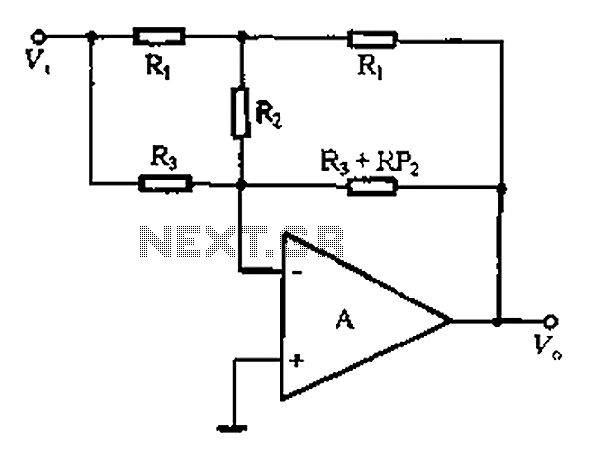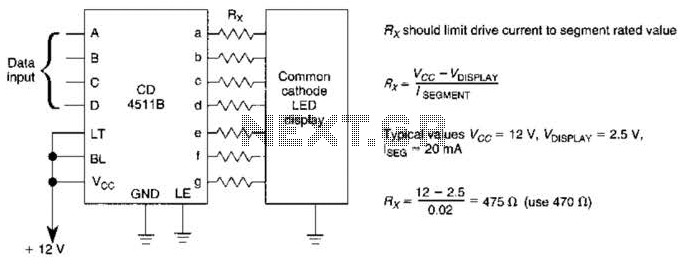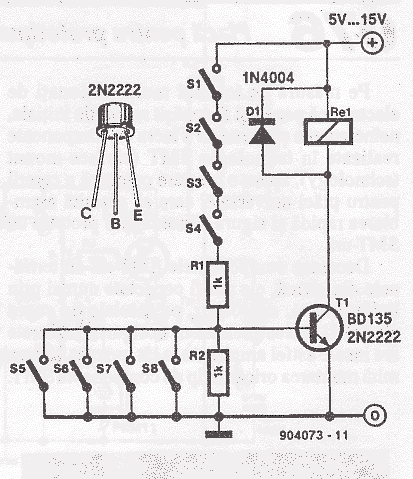
Varactor - tuned 10MHz ceramic resonator oscillator circuit diagram
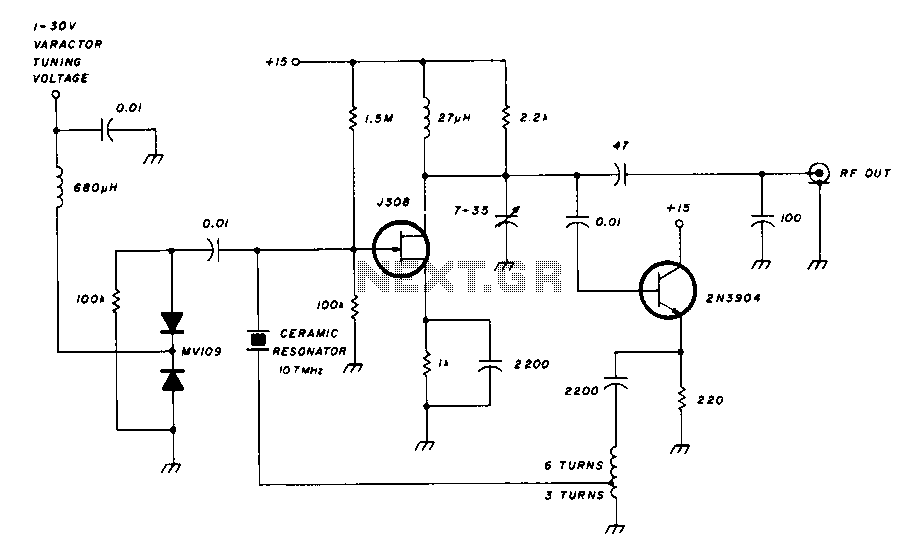
A field effect transistor amplifier features a fixed bias input source with feedback, resulting in very high input impedance and low capacitance. It drives a field effect transistor or emitter follower, despite having a very low output impedance, utilizing a transformer with a 3:1 turns ratio for the supply. It was observed that the impedance of a ceramic resonator is only a few ohms at its lowest.
The field effect transistor (FET) amplifier operates by leveraging the high input impedance characteristics of FETs, which minimizes the loading effect on the preceding circuit stage. The fixed bias configuration ensures stable operation by maintaining a constant gate-source voltage, thus providing reliable amplification. The feedback mechanism employed in this design enhances linearity and bandwidth, further improving performance.
The low capacitance of the amplifier is advantageous in high-frequency applications, as it allows for faster signal response and reduced phase distortion. The output stage, which can be configured as an emitter follower, provides a low output impedance. This characteristic is particularly useful for driving loads directly without significant voltage drop or signal degradation.
To further enhance the amplifier's performance, a transformer with a 3:1 turns ratio is incorporated into the power supply circuit. This transformer step-down configuration reduces the voltage while maintaining adequate current levels, ensuring efficient operation of the FET amplifier. The low output impedance of the amplifier facilitates compatibility with various load types, making it versatile in different applications.
The mention of a ceramic resonator with a low impedance of only a few ohms highlights the importance of impedance matching in circuit design. Proper matching is essential to maximize power transfer and minimize reflections in RF and audio applications. The overall design emphasizes the need for careful consideration of component selection and circuit topology to achieve optimal performance in field effect transistor amplification.Field effect transistor amplifier has fixed bias input source with feedback. Therefore, the input impedance is very high and very low capacitance. Drive a field effect transist or emitter follower, even though the output impedance is very low, and with 3: 1 turns ratio of a transformer for the supply. It found that only a few ohms impedance ceramic resonator lowest.
The field effect transistor (FET) amplifier operates by leveraging the high input impedance characteristics of FETs, which minimizes the loading effect on the preceding circuit stage. The fixed bias configuration ensures stable operation by maintaining a constant gate-source voltage, thus providing reliable amplification. The feedback mechanism employed in this design enhances linearity and bandwidth, further improving performance.
The low capacitance of the amplifier is advantageous in high-frequency applications, as it allows for faster signal response and reduced phase distortion. The output stage, which can be configured as an emitter follower, provides a low output impedance. This characteristic is particularly useful for driving loads directly without significant voltage drop or signal degradation.
To further enhance the amplifier's performance, a transformer with a 3:1 turns ratio is incorporated into the power supply circuit. This transformer step-down configuration reduces the voltage while maintaining adequate current levels, ensuring efficient operation of the FET amplifier. The low output impedance of the amplifier facilitates compatibility with various load types, making it versatile in different applications.
The mention of a ceramic resonator with a low impedance of only a few ohms highlights the importance of impedance matching in circuit design. Proper matching is essential to maximize power transfer and minimize reflections in RF and audio applications. The overall design emphasizes the need for careful consideration of component selection and circuit topology to achieve optimal performance in field effect transistor amplification.Field effect transistor amplifier has fixed bias input source with feedback. Therefore, the input impedance is very high and very low capacitance. Drive a field effect transist or emitter follower, even though the output impedance is very low, and with 3: 1 turns ratio of a transformer for the supply. It found that only a few ohms impedance ceramic resonator lowest.
